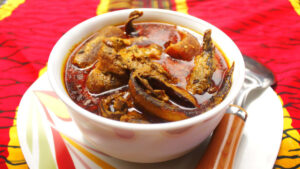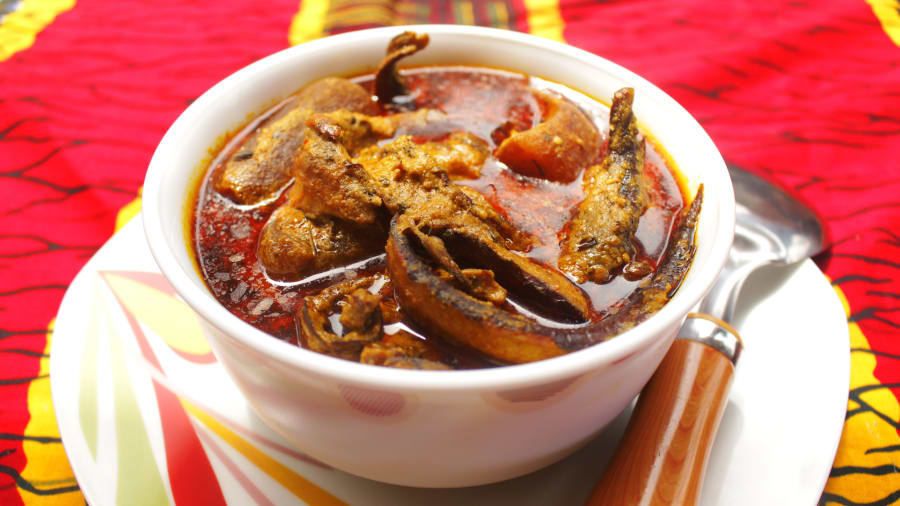
If a steaming bowl of soup strikes you as the ultimate in old-fashioned comfort, you’ve got plenty of company. Soup is one of the world’s oldest and most universal foods, said Janet Clarkson, author of the book “Soup: A Global History.”
“Every culture has some kind of soup,” she said. “It’s got very ancient roots.” Early people simmered everything from turtle shells to lengths of bamboo in soup, she writes in the book, turning out metal soup pots starting in the Bronze Age.
Boiling food made it possible to subsist on stable grains, with herbs and other ingredients added for nourishment or medicinal purposes.
Each time you deliver a pot of soup to a friend with the sniffles, Clarkson said you’re in fact carrying on an age-old tradition. “Separating food and medicine — that’s not how ancient people thought of it,” she said. “I think in every country in the world, historically, some soups were seen as restorative.”
These are CNN’s nominations for 10 of the best soups around the world:
1, Banga – Nigeria
2, Beef Pho – Vietnam
3, Borscht – Ukraine
4, Bouillabaisse – France
5, Caldo Verde – Portugal
6, Chorba Frik – Algeria, Libya, Tunisia
7, Chupe de camarones – Peru
8, Gazpacho – Spain
9, Groundnut soup – West Africa
10, Gumbo – US
I – Word Understanding
Simmered – cooking or heating below boiling point
Subsist – to provide sustenance (food/drinks)
Sniffles – repeated noisy breathing thru the nose due to colds or crying
II – Have Your Say
1, Which soups are included in your regular diet and what are the benefits of those?
2, Describe the essence of the following soups in your diet and culture:
a, Miso soup
b, Ozoni
c, Suimono
d, Dashi
e, Zenzai
f, Kasujiru
g, Nabemono
h, Sukiyaki


